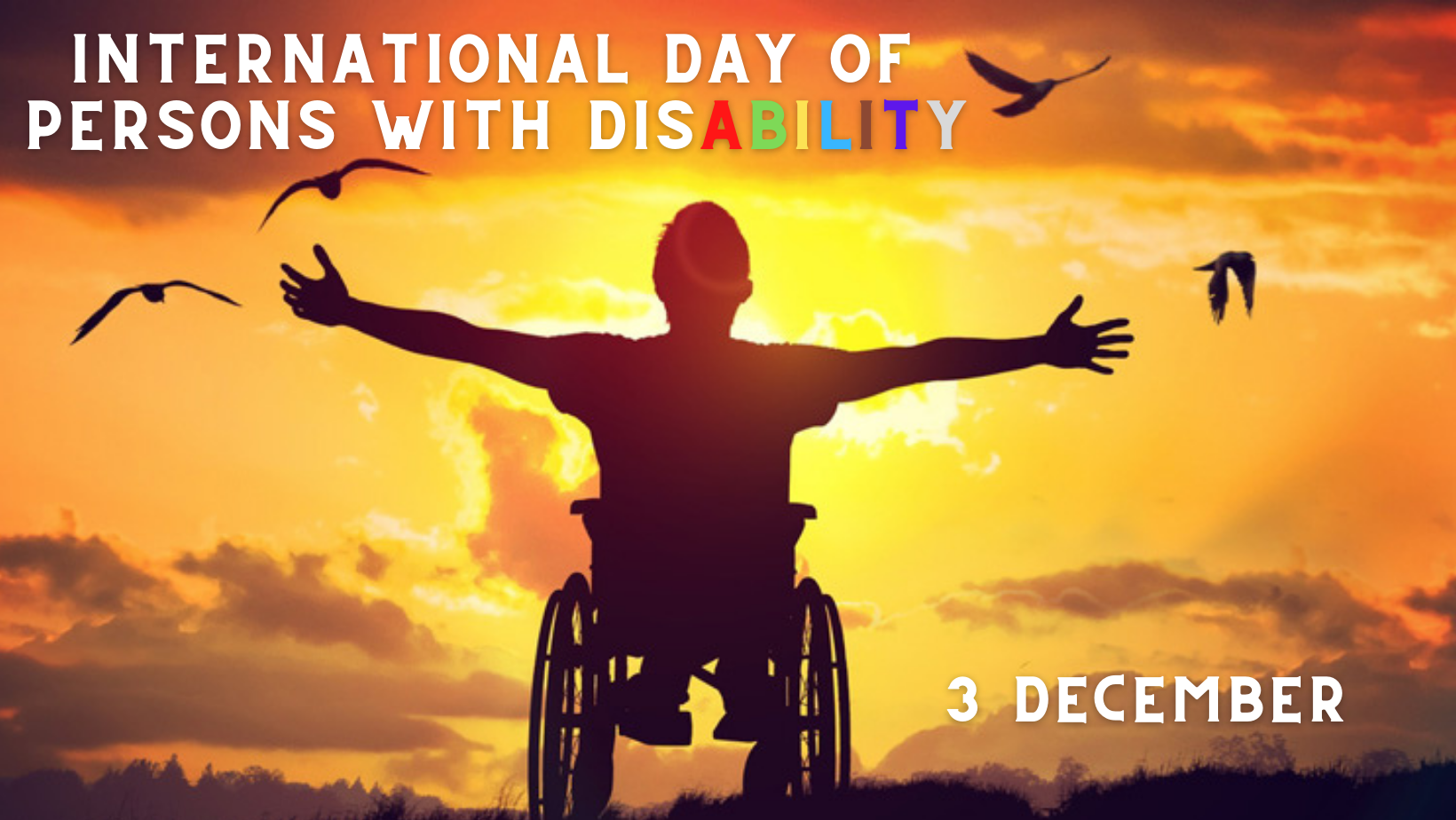India: towards a disability-inclusive and accessible country
The International Day of Persons with Disabilities was observed in 1992, by the United Nations General Assembly Resolution. Since then the (IDPD) has been perceived annually on 3 December across the world. 1 Billion People or 15% of the world’s population lives with some form of disability.
According to the 2011 Census, 2.68 Cr persons are 'disabled' that is 2.21% of the whole population. 69% are from rural regions while the remaining 31% resided in urban areas.
Among the total disabled in the country, 12.6 million are males and 9.3 million are females as per census 2001.
The Census 2011 highlighted that, almost one third of the total disabled persons are working. At all India level, 36% of the whole disabled persons are workers.
The United Nation focuses on an inclusive, equitable and sustainable improvement of person with disabilities as part of 2030 Agenda for Sustainable Development which pledges to ‘leave no one behind.’
The adoption of Convention on the Rights of Persons with Disabilities in 2006 has similarly superior the rights and well being of persons with disabilities. The convention recognizes that the existence of barriers constitutes a vital element of disability.
The Prime Minister in 2015 launched the ‘Accessible India’ Campaign (Sugamya Bharat Abhiyan) with a motive to make it convenient for persons with disabilities to access administrative buildings and transport, among other things.
The marketing campaign has been released in seven States together with Delhi and Haryana.
The Disabilities Bill/Movement was passed in the parliament in 2016, with one of its suggestions being to set a deadline for constructing barrier-free access to public places and transports.
Most of our Government buildings are accessible with wide and clear pathways, ramps for the wheelchair bound people.
Delhi Metro is the quintessential project that has adhered to the needs of differently-abled persons by providing ramps at all stations, low-level control panel in the lifts, buttons in braille, prominent colour contrasts and lettering, etc.
The airports are disabled friendly, the buildings as well as the staffs are specially instructed to extend help for disabled passengers.
The Govt. has planned to transform around 500 railway stations as disabled friendly. Under a new scheme, special reservation counters and coaches will also be installed in future. On the basis of identity cards with specific numbers concession to the disabled is given.
In 2017, Trivandrum Central Railway Station became the first railway station in India to become disabled-friendly with the introduced of a wheelchair-facility ramp.
Kerala has become first Indian state to implement the ‘Barrier-free Kerala Tourism Project’.
Kerala Tourism has launched the project in March 2019 of making seventy destinations across the region elderly and disabled-friendly.
In 2016 Kerala’s Kochi Fort (Ernakulam) declared as the first disabled-friendly heritage site in India with all facilities for people dealing with disability.
India Gujarat's Tithal beach is first-of-its-kind of disabled-friendly beach provided with disabled-friendly infrastructure.
Radio Udaan launched in 2014 is an exclusive online radio station for people with disabilities. The station is heard in more than 115 countries and is run by visually challenged RJs and other members.
The government’s Smart Cities Project certainly will be inclusion and participation of persons with disabilities in workplace, community activities and in social life.
The government launched 'Inclusiveness and Accessibility Index' which is an index to evaluate organization throughout public and private sectors for disabled-friendly initiatives.
Today, The International Day of People with Disabilities is a recognization of disabled people who are among the most affected population amid the COVID pandemic.




The Brief. Sign up to receive the top stories you need to know right now.